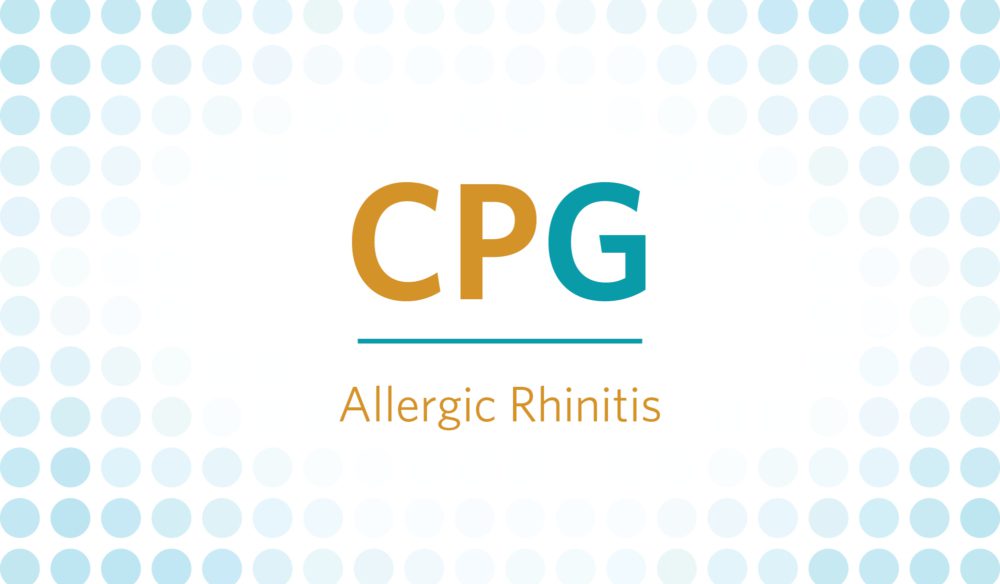Allergic Rhinitis
Published in Otolaryngology–Head and Neck Surgery on February 2.
Allergic Rhinitis
- Figures from the Clinical Practice Guideline: Allergic Rhinitis
- Medication for Allergic Rhinitis: An Opportunity for Quality Improvement
Allergic Rhinitis
- AAO-HNSF Choosing Wisely List of 10 Things Providers and Patients Should Question
- Allergies and Hay Fever
- Allergic Rhinitis Environmental Control Measures
- Allergic Rhinitis Guideline Medication recommendations
- Allergic Rhinitis Intranasal Antihistamines table
- Allergic Rhinitis Oral Antihistamines table
- Allergic Rhinitis history and physical findings
- Decision aids to help people who are facing health treatment or screening
Allergic Rhinitis
The slide set is available for download here.
Contact the Research & Quality Team at [email protected] for more information.
Allergic Rhinitis
Allergic Rhinitis
Visit AAO-HNSF’s Otolaryngology Learning Network: www.otologic.org
- AAO-HNSF Clinical Practice Guideline: Allergic Rhinitis
- Pediatric Webinar Series: Allergic Rhinitis
- AcademyQ CME: Rhinology & Allergy
Allergic Rhinitis
Research Needs section from Allergic Rhinitis CPG.

